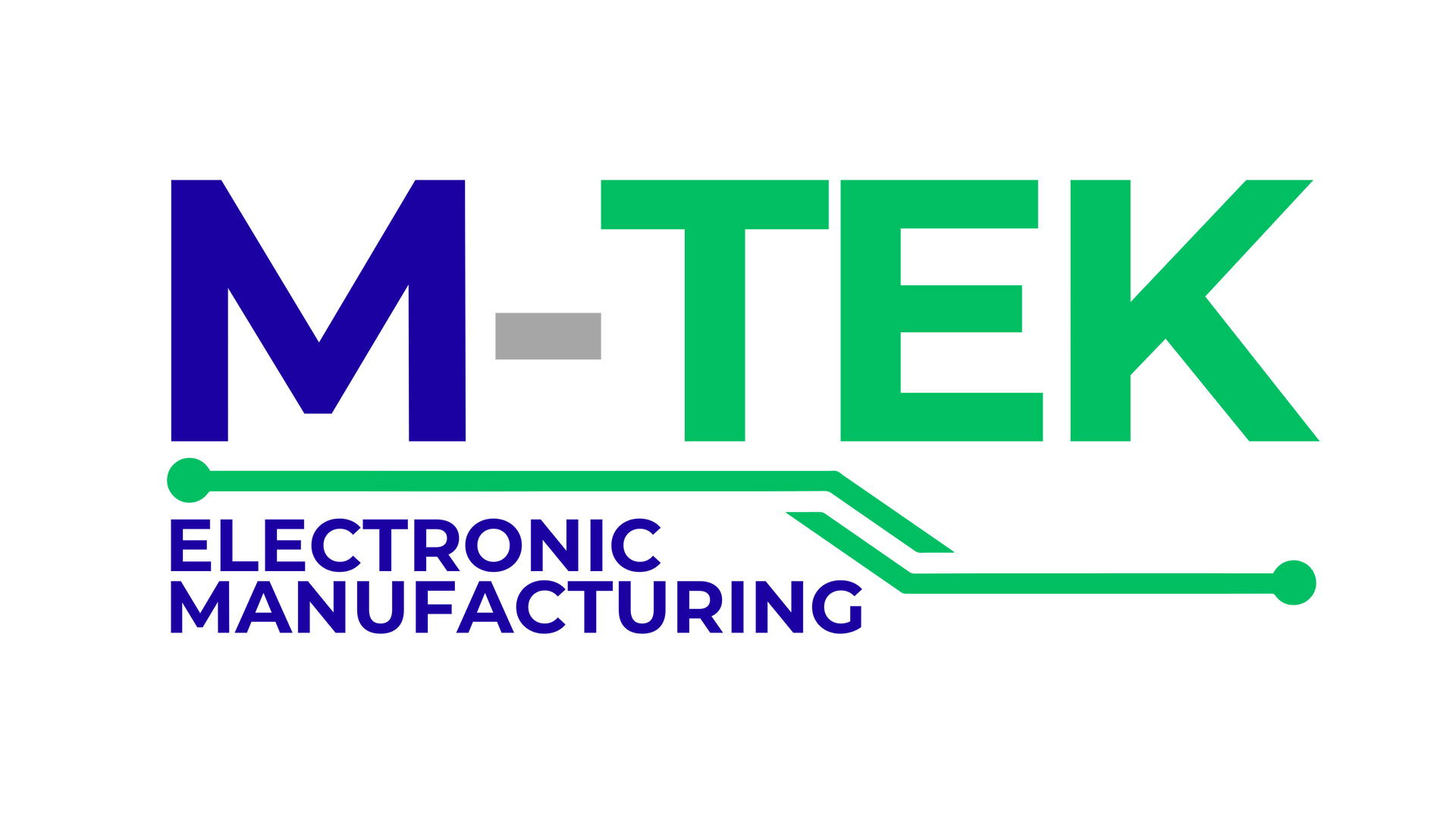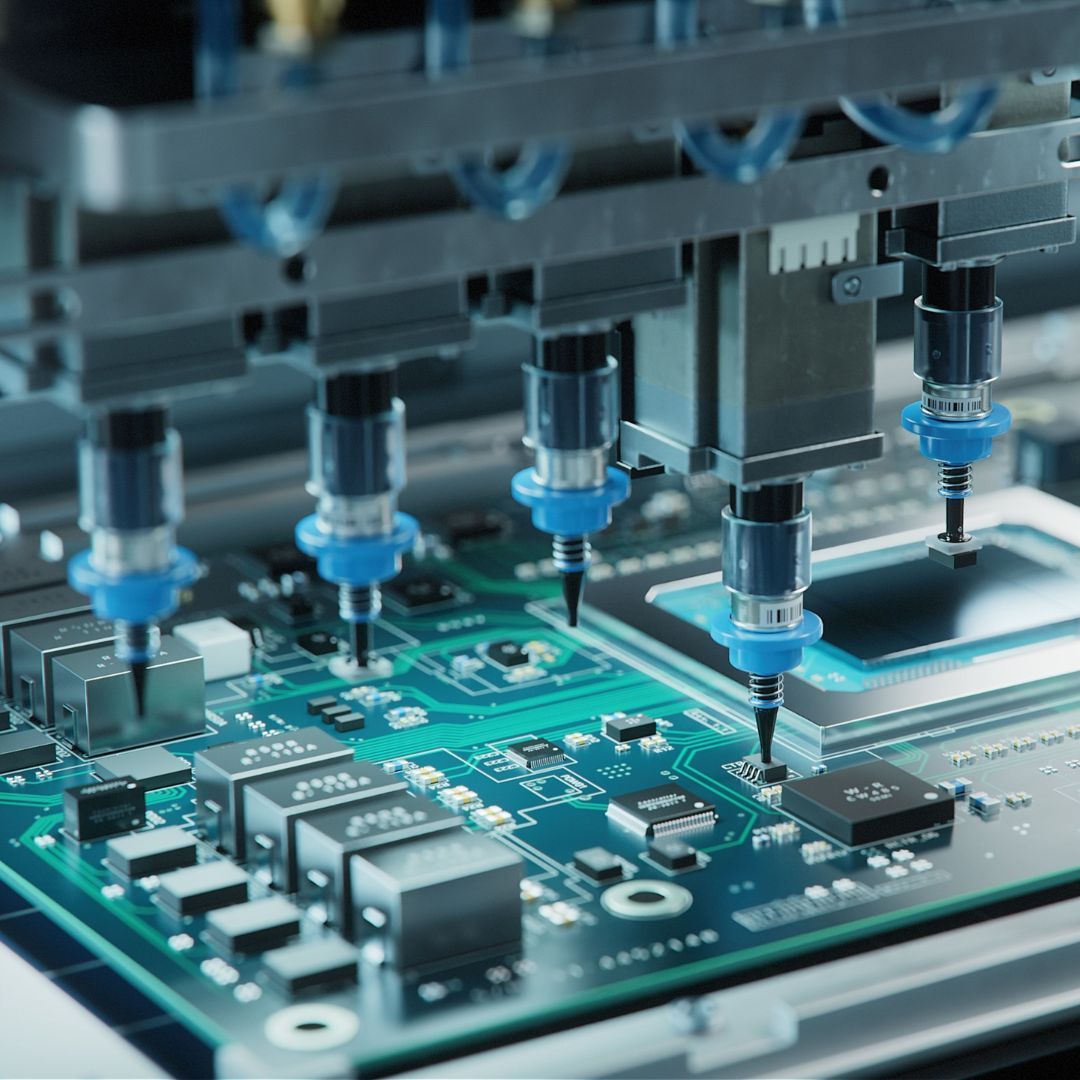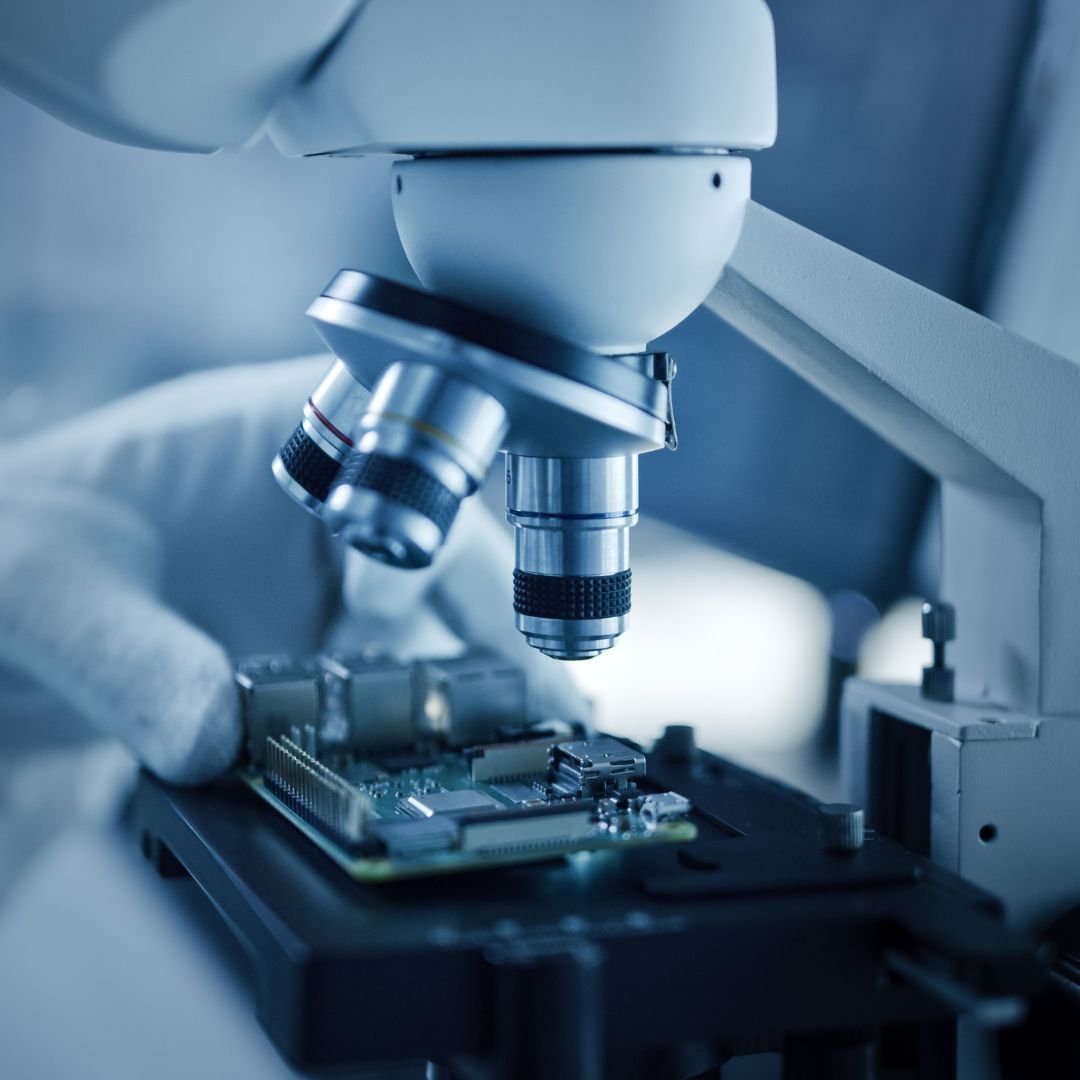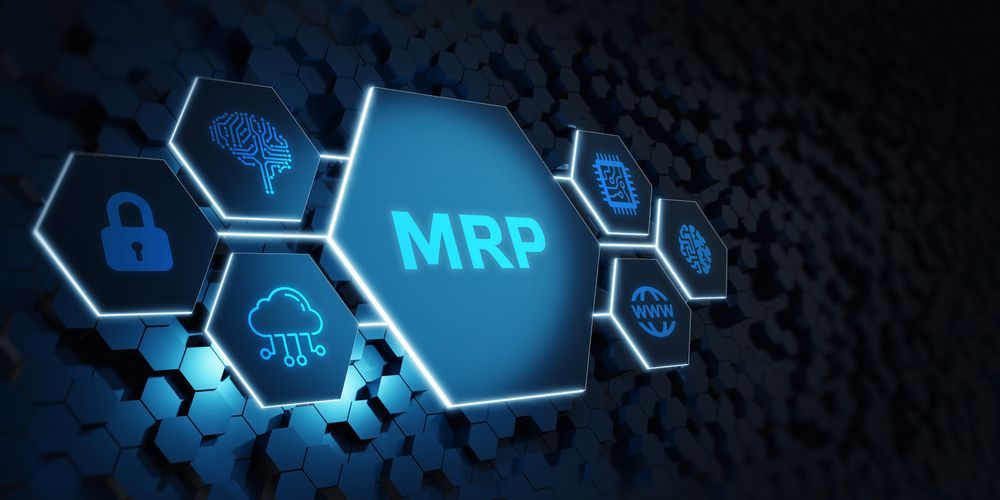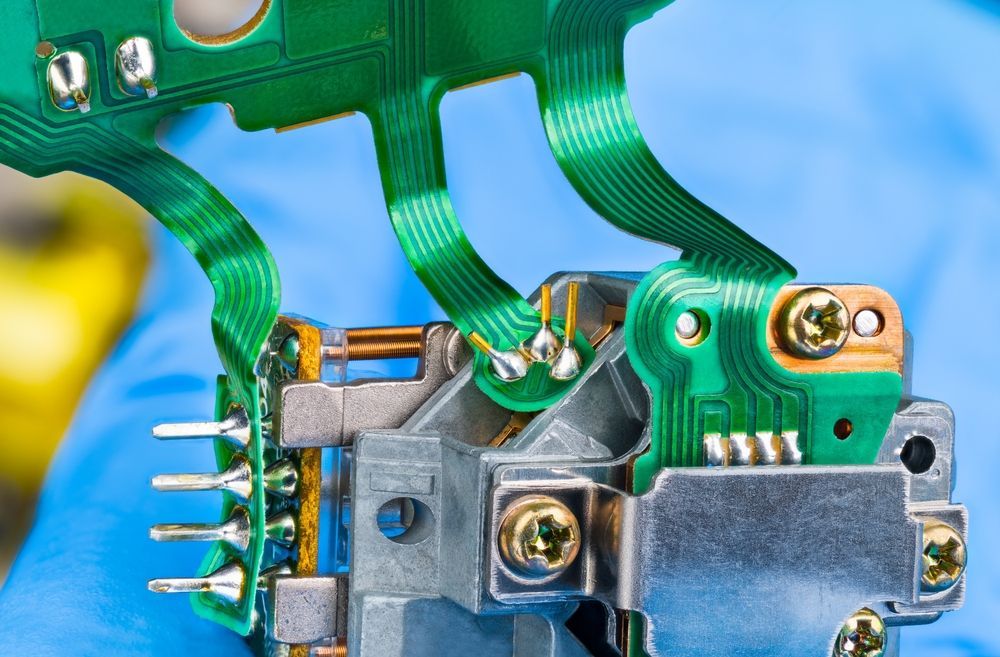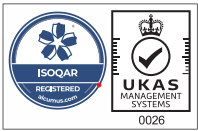Many people consider electronics manufacturing to be a high-level manufacturing challenge. The design, assembly, production, and testing of electronic components, as well as printed circuit boards (PCBs), are complex tasks that not all electronics manufacturing companies can handle. Most companies create electronic product designs, which they then submit to electronics manufacturers for services such as PCB assembly and testing. They only pay for PCB assembly and testing this way, rather than the entire electronics manufacturing development process. To learn more about the electronics manufacturing process keep reading.
Electronics Manufacturing: Product Design
The design of electronics requires open communication between the client and the manufacturer. Most of the time, the manufacturer will request a concept from the client/customer and work from there. There will be a lot of back and forth with suggestions and specifications before the final design is completed. This is common when the electronics company lacks graphic design skills to create the product's layout design or 3D model. Graphic designers are typically employed by some electronics manufacturing companies to handle design tasks.
Prototyping
Once the design is complete, it moves on to the electronics product development stage, with the end goal of having a product prototype. The electronics company will work on the project and complete it as planned after noting all of the details and specifications for the electronic product. To keep risks to a minimum and minimise wasting time and money, extensive research and brainstorming will be conducted before they are integrated into the actual manufacturing process. The product prototype should be an exact duplicate of the design template, complete with specifications and details.
Product Testing
An electronic prototype that will serve as a product duplicate will be tested multiple times in its various aspects. The purpose is to ensure that the product meets all quality and safety standards while remaining fully functional. Most electronics manufacturing companies have product testing and failure investigation labs. The technicians who conduct these examinations will also use them for research and development of future electronic designs based on the current model.
Optical inspection, which automatically analyses the PCB for problems and faults on the computer, is one of the advanced testing procedures. Automated optical inspection detects broken traces, patches, etching issues, and incorrect hole locations on a printed circuit board. Another effective form of the testing process is environmental testing, which involves exposing the product to its intended environment and observing how it reacts to temperature, humidity, and air pressure, among other factors, to determine its durability and resistance.
Depending on the nature of the product, there are additional testing procedures such as functional testing, in-circuit testing, x-ray testing, and many more. All of these tests will be conducted on the product as part of a quality control programme to ensure it is in peak condition for mass production.
About M-Tek Assembly Ltd
Electronic manufacturing is similar to that of other product types such as clothing, plastics, and chemicals. In terms of mass production, PCB manufacturing and actual electronic product manufacturing are two distinct fields that necessitate distinct skill sets and expertise. By using M-Tek Assembly Ltd for your electronics manufacturing and PCB assembly, you will be able to capitalise on our 35 years of acquired knowledge as well as being able to help to save the environment. We have achieved a net-zero carbon footprint by using electric vehicles, and we plant a tree for every circuit board we build! For assistance, please contact one of our SMT and PCB assembly experts today. To learn more about our services, call 01189 455377 or follow us on Twitter.
